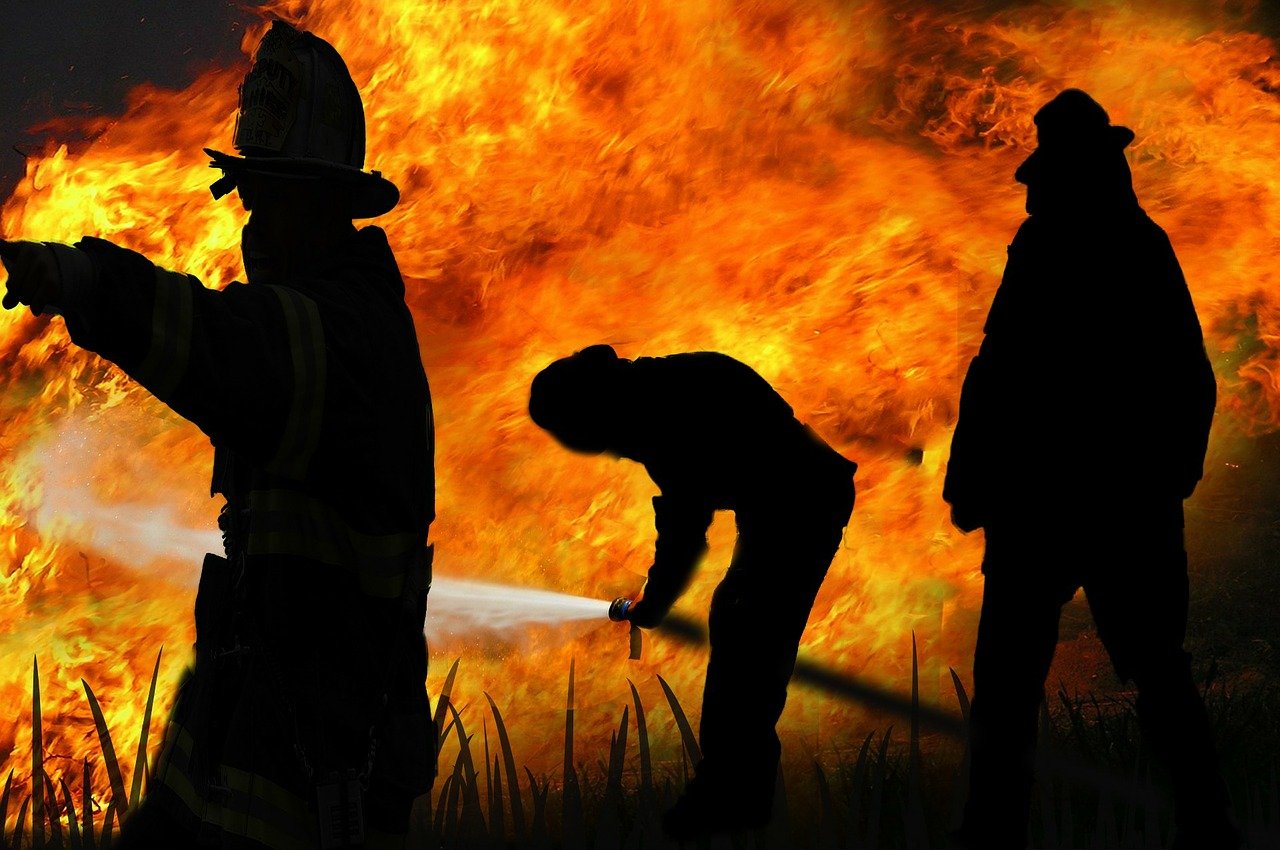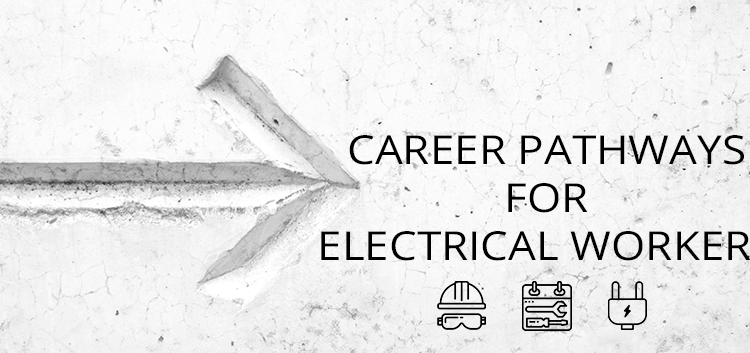Explosion-Protection Technology In Australia
Explosion-Protection Technology In Australia
May 11, 2021

The flammable gases, liquids, and vapours along with explosive dust generated, processed, deposited, and transported result in the formation of hazardous areas. Explosives manufactured and managed cause disruption that is highly life-risking.
With significant growth in the oil and gas, petrochemical and mineral processing industry in Australia, development in explosion protection technologies is quite significant too. Explosion protection includes techniques and technology that could prevent the electrical equipment from igniting flammable materials and dust in hazardous areas.
Advancement in Electrical Equipment in Hazardous Area (EEHA) requires active participation and specialised post-trade training to manage risks associated with EEHA effectively that a domestic licensed electrician or instrumentation technician cannot operate on.
What is the need for explosion protection technology?
The explosions in hazardous areas are undesired but have been in existence. Though a combustible substance infused with air has limits to avoid explosion but once the level is off-limits, the unwanted explosion cause disruptions, however, with extensive development, explosives in specific areas cannot be avoided. The explosives need to be managed with designed mechanisms and instruments along with trained professionals.
Significance of Electrical Equipment in Hazardous Areas (EEHA) Certification
Electricians, instrumentation technicians and electrical engineers are required to undergo specific EEHA training to obtain competencies to Hazardous Areas
Classification (HAC) and HA Design, select, install, maintain, inspect, and manage risks, evaluate and audit EEHA in Australia to meet the compliance requirements.
One such course is UEE61222 – Advanced Diploma of Explosion Protection which provides certification in following skillset:
- Prepare Hazardous Areas Verification Dossier (HAVD) and its upkeep.
- Carry our Hazardous Areas Classification (HAC) and HA Design
- Identify the hazardous areas and equipment compliance to AS/NZE 60079.14 and AS/NZS 60079.17
- Conduct an audit of the EEHA and produce a non-compliance report.
- Develop Conformity Assessment Document (CAD) and fitness and Purpose reports.
- Develop and manage electrical engineer projects.
- Provide EEHA remedial solutions and supervise EEHA/ sign off remediation compliance work.
There is a growing demand for qualified electricians, instrumentation technicians and electrical engineers to provide advice regarding explosion protection in electrical equipment and instrumentation.
Why Hazardous Area in Explosion Protection training is beneficial
You will be equipped with skillset to manage EEHA in the oil and gas, mineral processing, and petrochemical industry. The participant requires 36 face to face days training delivery. In between the training week, the participant will be required to complete assigned homework and/ or sign relevant work experience at site, to sign off the acquired skill sets.
PMV offers UEE61222 – Advanced Diploma of Engineering – Explosion to students who already hold UEE42622 Certificate IV in Hazardous Areas – Electrical and wish to further specialise in EEHA.
The above courses equip participants to manage risks associated with design, selection, install, maintain EEHA in compliance of with the State Regulatory requirements as per AS/NZS 60079.14 and AS/NZS 60079.17 standards.
For further course information, or to book in, contact the office.
Recent Post
Mar 14, 2024

